In Photos: Earthworks Scattered Throughout the Amazon
Ring ditches
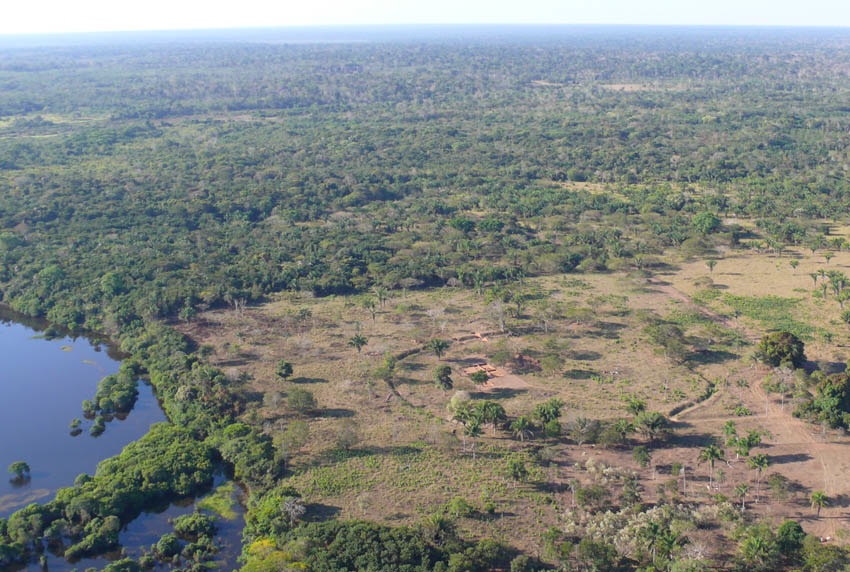
Researchers have found that earthworks, consisting of an array of square, straight and ringlike ditches that dot the Bolivian and Brazilian Amazon existed before the rainforest sprouted up. Shown here, a ring ditch next to Laguna Granja in the Amazon of northeastern Bolivia. [Read full story]
Man-made structures
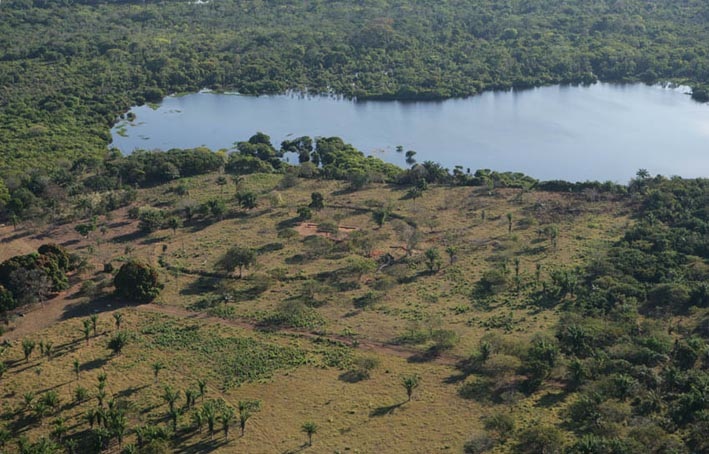
Scientists aren't sure the purpose of these man-made earthen structures of the Amazon, with ideas ranging from their use in defense, drainage or even ceremonial/religious purposes. Here, one of the ringlike ditches in the Amazon of Boliva. [Read full story]
Mysterious structures
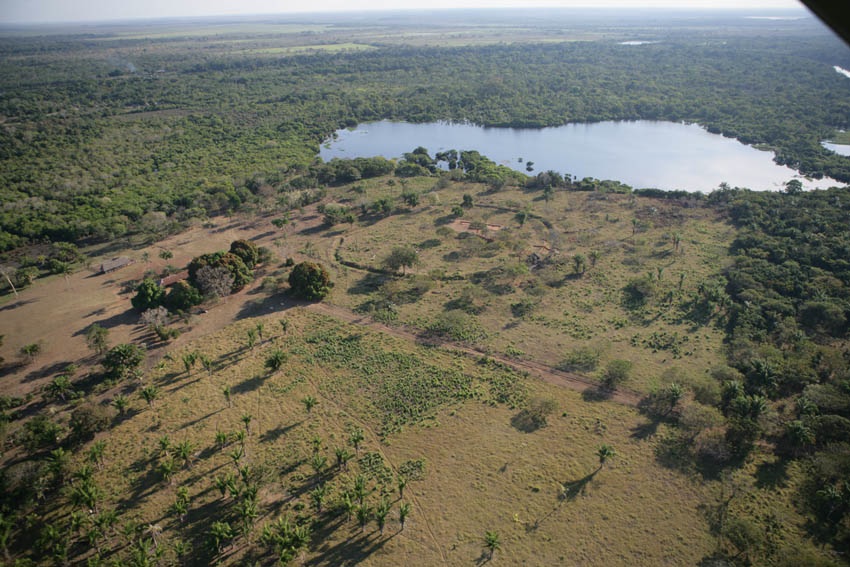
But how were these structures created? For some time, archaeologists had thought prehistoric people barely touched the Amazon landscape before Christopher Columbus arrived in the Americas in 1492. Then in the 1980s, deforestation revealed these massive earthworks spanning some 16 feet (5 meters) wide and often just as deep. Here, one such ringlike ditch in the Bolivian Amazon. [Read full story]
Altering a landscape
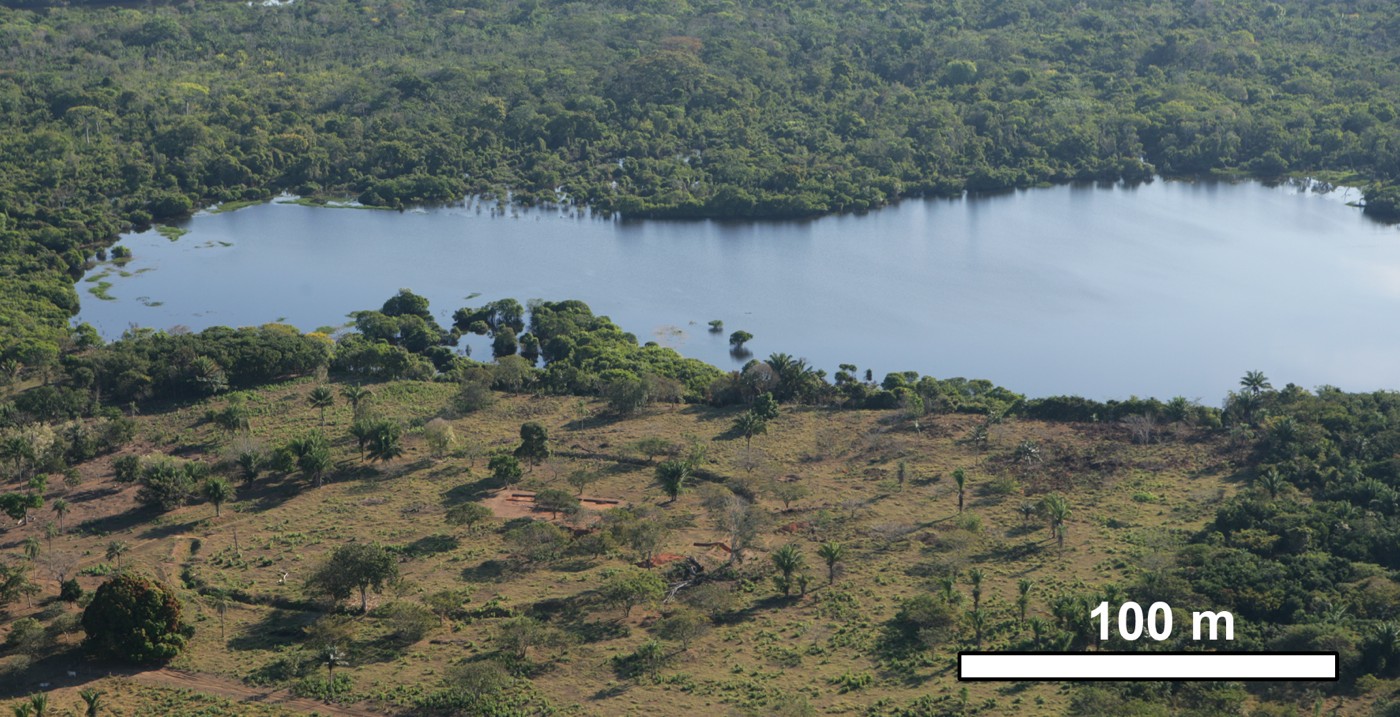
The existence of these structures (shown here) suggested the people perhaps did "touch" the landscape more deeply. New research, detailed July 7, 2014, in the journal Proceedings of the National Academy of Sciences, aimed to figure how prehistoric people altered the landscape here before the Europeans arrived. [Read full story]
Amazon fieldwork
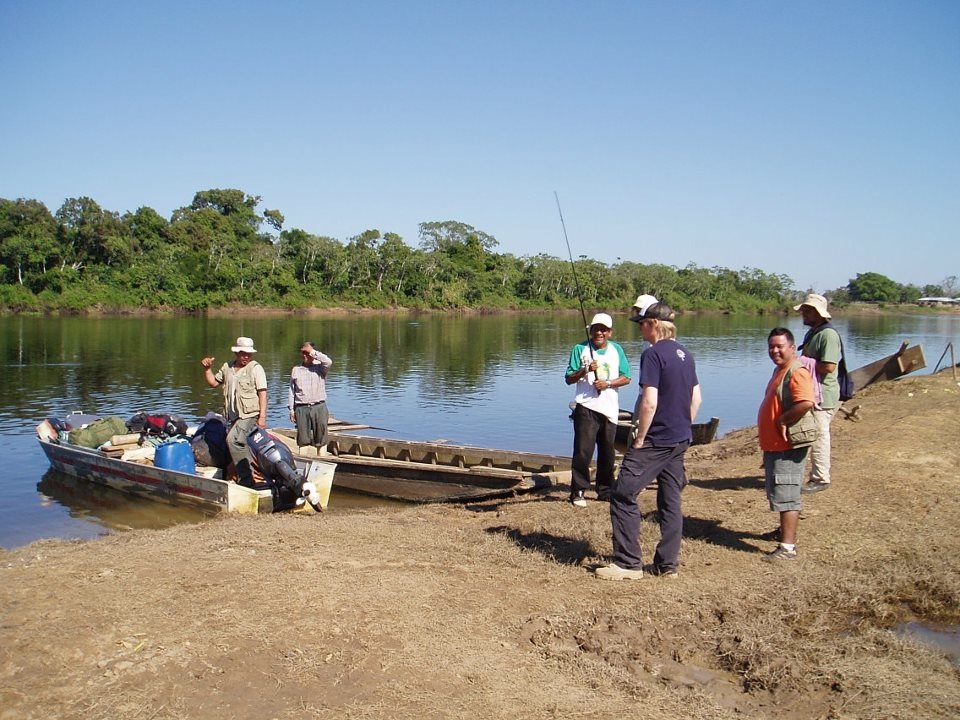
Here the researchers and field guides prepare their boat to one of the lake sites, where they examined sediment cores for ancient pollen grains.
Amazon boating
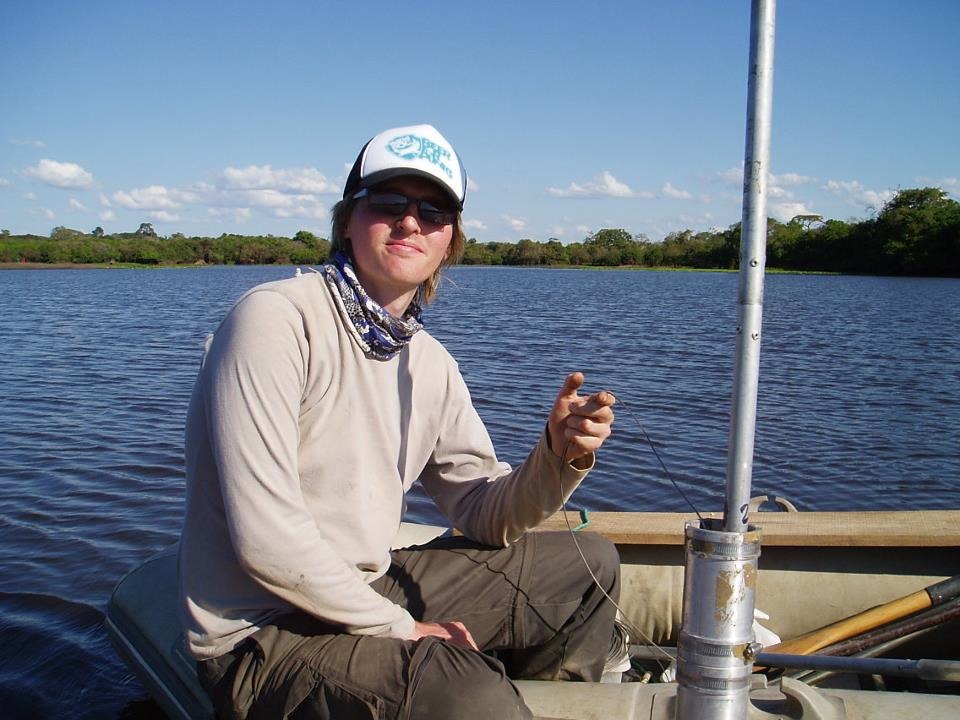
To figure our if the Amazonians had a major impact on the forests, researchers, including John Francis Carson (shown here) examined sediment cores from two lakes in the Amazon of northeastern Bolivia. Shown here, the larger of the two lakes called Laguna Oricore. (They also looked at sediment from the smaller lake, Laguna Granja. [Read full story]
Looking for pollen grains
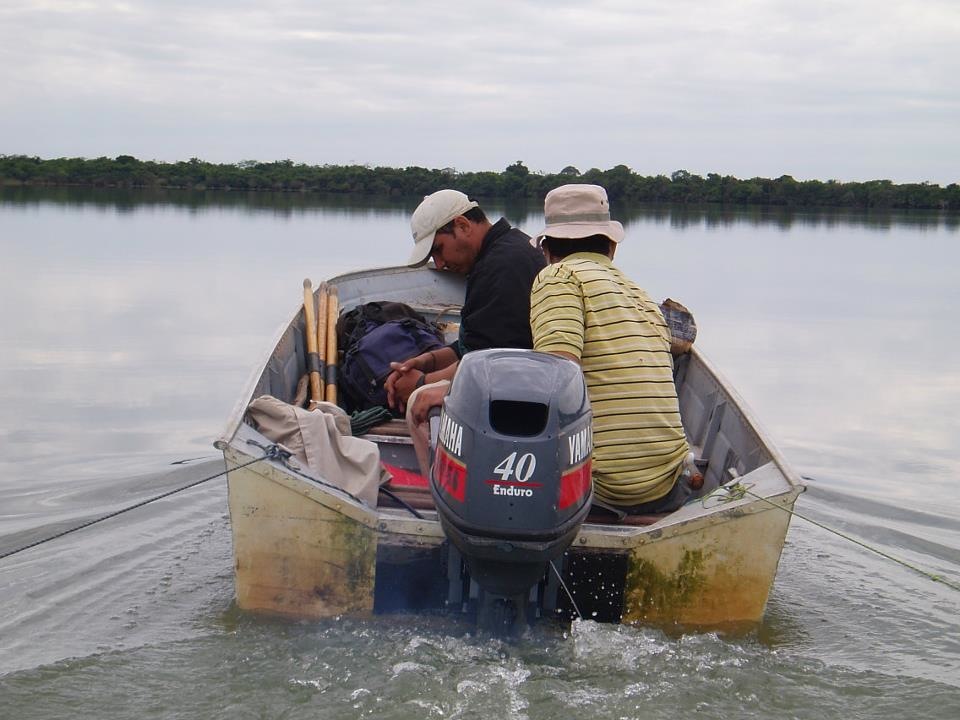
Carson and his colleagues (with field guides who are pictured here) took sediment cores from the two Bolivian lakes, looking for ancient pollen grains and charcoal that might reveal the climate that existed as far back as 6,000 years ago.
Sign up for the Live Science daily newsletter now
Get the world’s most fascinating discoveries delivered straight to your inbox.
Amazon campsite
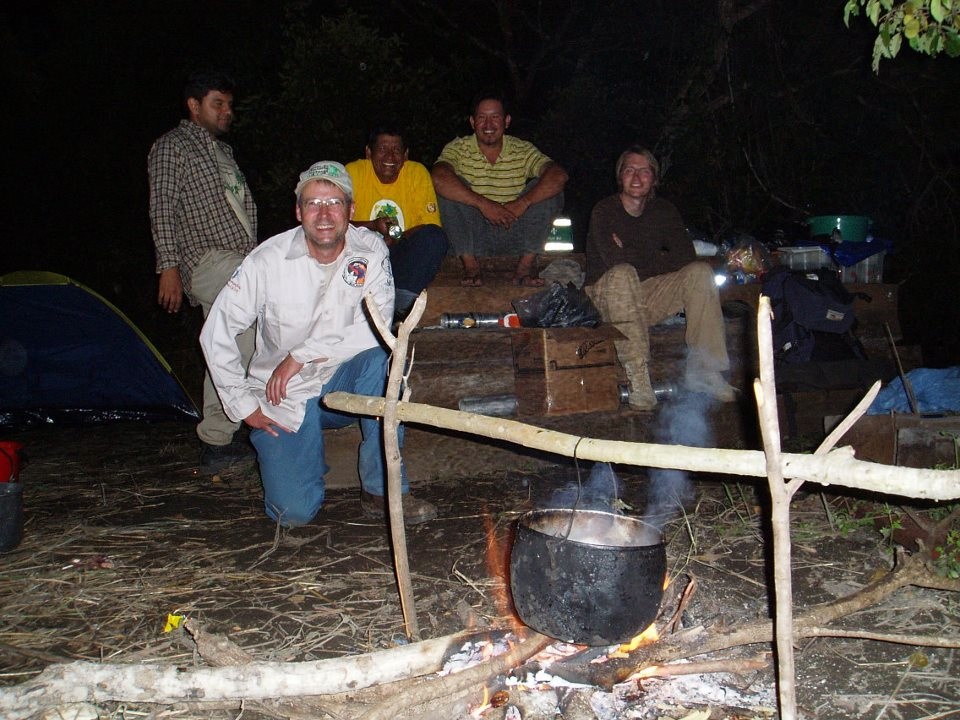
Here the researchers (F. Mayle, J. Carson and J.D. Soto), as well as Bolivian field guides/rangers sit at their campsite in the Bolivian Amazon.










